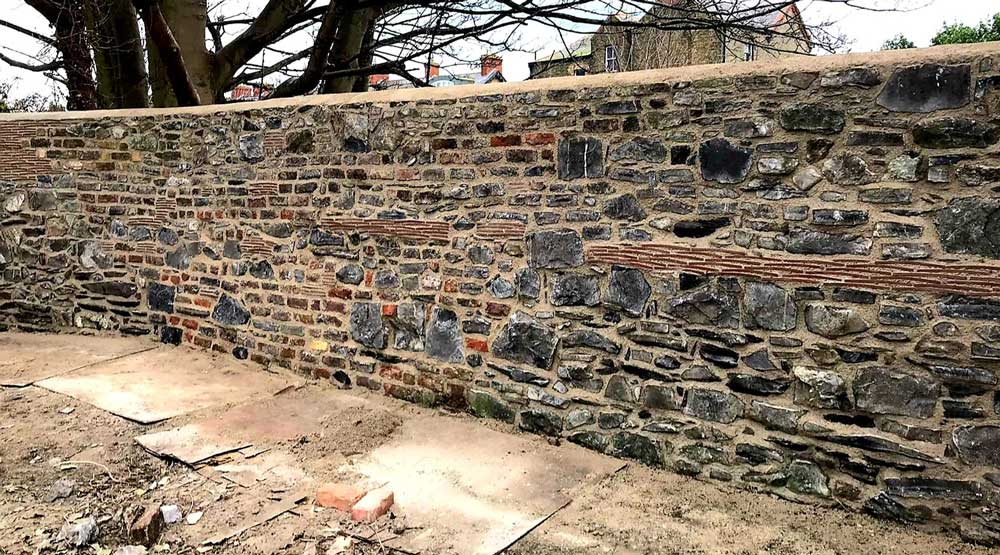Stone Restoration: Not Simply a Job, But a Deep Passion
The art of stone restoration is more than just a task; it's a craft that demands expertise, skill, and a deep appreciation for the splendor of natural materials. From ancient edifices to contemporary residences, stone surfaces can display both history and elegance. However, the journey of restoring these surfaces is sometimes accompanied by challenges and misconceptions. For those ready to embark on this rewarding endeavor, understanding the nuances of stone restoration is essential.
This article will delve into the essential steps to take when initiating a restoration project, highlight typical errors to avoid, and emphasize the value of maintaining the integrity of stone surfaces. Whether you are a householder looking to restore your property or a craftsperson seeking to enhance your skills, this article will offer valuable insights and pro suggestions that highlight why stone restoration is beyond a simple task, but a continuing interest for many.
Typical Errors in Stone Refurbishment
One typical error in stone refurbishment is the incorrect application of cleaning products. Several individuals believe that harsh cleaning agents will yield superior results, but harsh cleaners can in fact damage the stone's surface, leading to discoloration or wear. Instead, it is essential to use pH-adjusted cleaners specifically designed for stone. Thorough research and product selection can significantly enhance the restoration process, preserving the natural beauty of the rock.
Another typical mistake is failing to consider to address underlying structural issues before embarking on the restoration. Fissures and weaknesses in the stone or the surrounding structure can compound if not properly treated. Failing to assess the condition of the substrate and addressing any water damage, fungus, or foundation issues can result in significant repairs down the line. It is important to perform a thorough inspection and make any necessary adjustments prior to restoration.
Lastly, a deficiency of awareness about suitable restoration techniques can lead to permanent damage. For example, using the unsuitable type of sealant or applying it improperly can trap moisture in the stone, causing decay. It's crucial to grasp the specific characteristics of each stone type and to consult professionals when unsure. Educating oneself about the right methods and equipment will result in a more efficient and long-lasting restoration.
Maintaining Your Stone Surfaces
Proper maintenance of stone surfaces is crucial to maintaining their aesthetic appeal over the years. Regular care should be part of your regular schedule; using a gentle pH-neutral cleaner and a non-abrasive cloth can safely remove dirt and grime without inflicting damage. Steer clear of harsh chemicals or abrasive scrubbers that can dull the surface of your stone. For more difficult stains, consider using tailored stone cleaners that are formulated for safety.
Protecting your stone surfaces is another crucial step in maintenance. Natural stones like limestone are vulnerable and can soak up spills, leading to damage and complications. Applying a protective seal helps protect the stone and makes it more convenient to clean. Depending on the kind of stone and the level of use, resealing may be required every 6 months to a couple of years. Always follow the manufacturer’s recommendations for sealing products.
Finally, be aware of the environment around your stone surfaces. Guard them from direct sunlight, which can cause fading and heat damage. Additionally, take care to not placing heated items directly on the stone, as this can lead to thermal shock and breakage. By being vigilant in maintaining your stone surfaces, you can ensure they remain stunning and maintain their worth for many years to come.
A Importance of Residential Restoration in Conservation
Home restoration plays a crucial role in preserving the heritage and historical significance of our built environment. By carefully restoring structures, we honor the craftsmanship and architectural details that tell the stories of the past. This process not only keeps the memory of these buildings alive but also fosters a sense of community and identity among residents. When homes embody historical value, they serve as living museums, teaching future generations about previous lifestyles and values.
In addition, home restoration contributes to eco-friendly practices by repurposing existing materials and minimizing waste. Instead of tearing down old structures, restoration facilitates the conservation of original elements, reducing the need for new resources. This approach aligns with contemporary sustainability goals, which means the character of neighborhoods is preserved while embracing environmentally responsible decisions. Through marble crack repair sydney , we can breathe new life into the old without diminishing the architectural integrity of our heritage.
Ultimately, home restoration can increase property values, making it a worthwhile investment for homeowners. Restored homes often appreciate in value, attracting potential buyers who value their historical significance and unique features. This financial benefit, alongside the satisfaction of preserving history, makes home restoration a rewarding pursuit for many. In essence, investing in the preservation of stone surfaces and structures is not just about maintaining aesthetics but about protecting history for future enjoyment and education.
